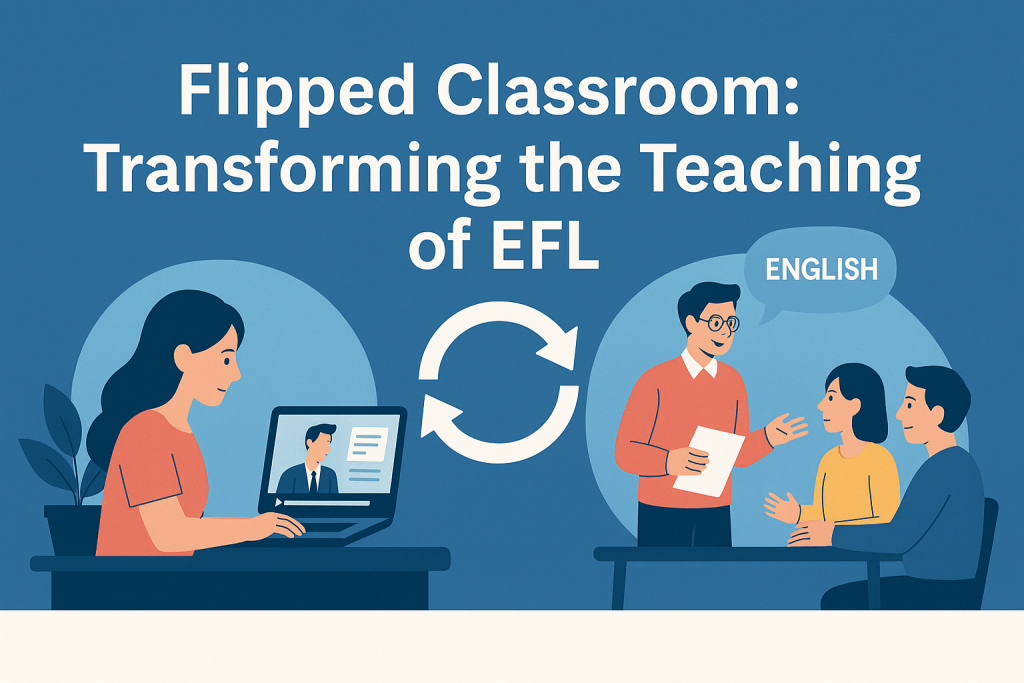A Step-by-Step Guide for Educators
Step 1: Identify the Learning Objective
Every flipped lesson begins with a clear goal. Ask yourself:
– What skill are students expected to practice?
– What language function are they learning (e.g., describing, requesting, narrating)?
– Will the lesson focus on grammar, vocabulary, listening, speaking, or a combination?
Example: «Students will be able to use the past simple to talk about a recent trip.»
Step 2: Create or Select Pre-Class Content
This is the content students will watch, read, or listen to at home. It should be:
– Short (3–7 minutes)
– Clear and level-appropriate
– Visually engaging or context-based
Options:
– Record a mini video explaining a grammar point
– Curate a YouTube or British Council video
– Use tools like Edpuzzle to make videos interactive
– Share a podcast or short reading passage
Tip: Use subtitles or transcripts to support comprehension.
Step 3: Design a Simple Pre-Class Task
To ensure accountability and reflection, assign a short task based on the pre-class content:
– Multiple-choice quiz
– Google Form with 3 key questions
– Vocabulary match-up
– Short paragraph response
Objective: Activate prior knowledge and prepare them for in-class application.
Step 4: Plan an Interactive In-Class Activity
Class time is where the real magic happens. Students use the target language in communicative, collaborative tasks:
– Role-plays
– Problem-solving tasks
– Projects and presentations
– Speaking games
– Peer teaching or grammar clinics
Example: In pairs, students plan a holiday using past simple structures and present it to the class.
Step 5: Provide Formative Feedback
During class, your role is to observe, guide, correct, and encourage. Walk around, take notes, and provide:
– On-the-spot pronunciation feedback
– Mini grammar reminders
– Praise for risk-taking and fluency
Pro Tip: Use a simple rubric for peer assessment or exit tickets to reflect on what students learned.
Step 6: Reinforce and Extend
After the lesson, reinforce the learning:
– Upload a summary or vocabulary list to your LMS
– Share a Kahoot or Quizlet review game
– Suggest a voluntary follow-up task (e.g., “Record a 1-minute video about your weekend”)
Real Benefits of Flipping EFL Classrooms
– More time for practice and feedback
– Students speak more English in class
– Higher student autonomy and motivation
– Allows differentiation and personalized support
Final Thoughts
Flipping your EFL classroom doesn’t require advanced tech or long hours of prep—it just requires a shift in mindset. By moving instruction outside the classroom and bringing communication to the center, you’re turning your students into active participants in their own language journey.

